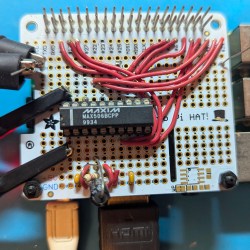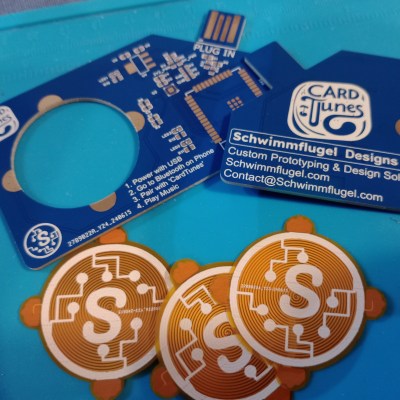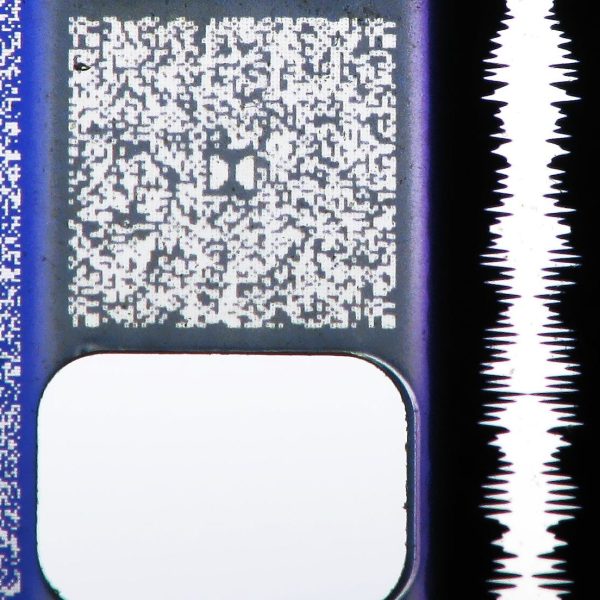What can you do with a one-button keyboard? Quite a bit, actually, especially if that key has a little screen on it. That’s the idea behind [Maker M0]’s MagicClick macro pad, which is an updated version of a highly useful project we have featured in the past. Well, now there’s a tiny game to go with it.
 Think you’re pretty good at measuring the passage of time? This game will likely prove you wrong. Press and hold the button and the timer begins with some pre-determined interval, such as four seconds. Once you think those four seconds have passed, release the button and find out how far off you were.
Think you’re pretty good at measuring the passage of time? This game will likely prove you wrong. Press and hold the button and the timer begins with some pre-determined interval, such as four seconds. Once you think those four seconds have passed, release the button and find out how far off you were.
While the first version of this keyboard used the CH582F RISC-V microcontroller, the second and this third version use an ESP32-S3 on a custom, tightly packed PCB. That TFT display measures 0.85″, and the battery is an 3.7 V 802025 Li-Po. [Maker M0] has also redesigned this to make it easier to print, and plans to support circular screens in the near future.




















